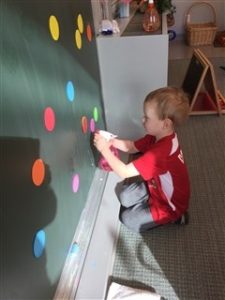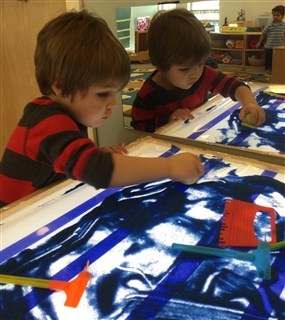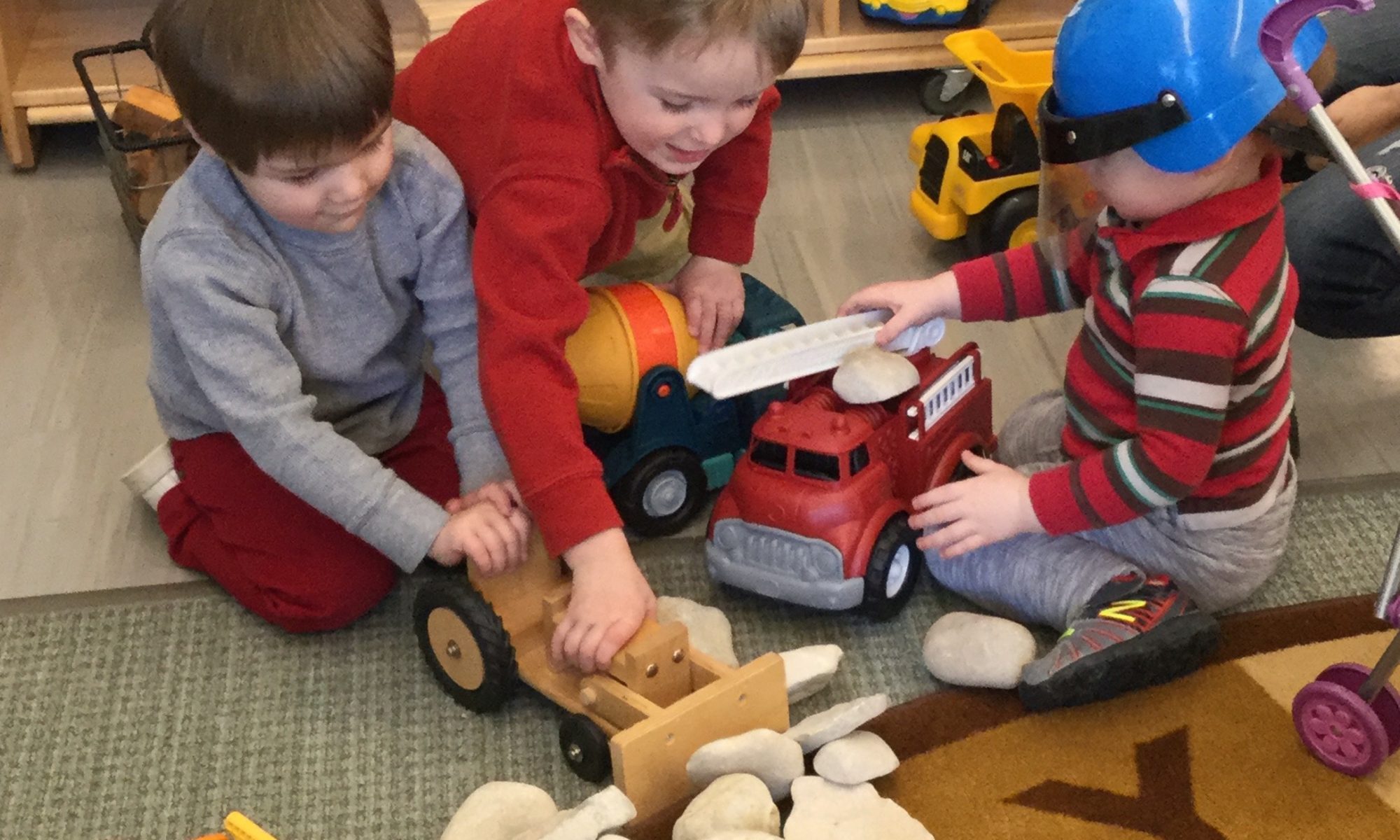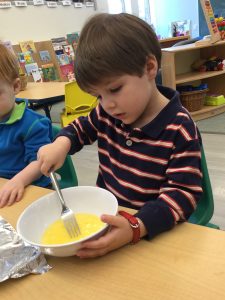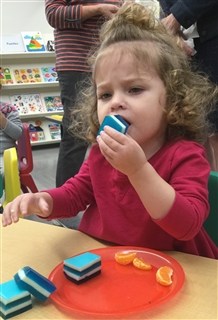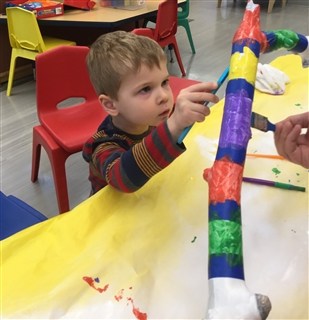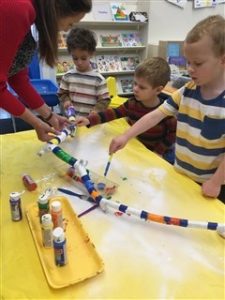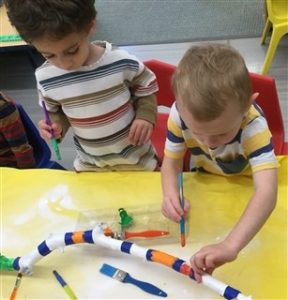By Mildred Cawlfield
“I never realized how completely caught up and absorbed I’d be by a child until after my baby came!” is a comment frequently heard from new parents.
An infant changes a couple’s focus and becomes the center of future planning. Even when expectant parents have eagerly looked forward to the new focus, they are still surprised by the depth of commitment and responsibility when the baby is theirs to care for.
Indeed, this is one of the difficulties of the many teenage pregnancies of today – the needed responsibility and commitment demand maturity.
The greatest need of an infant is a loving and dedicated care-giver. In the growing-up years, a child goes from complete dependency in infancy, to independence at maturity.The process takes both the assuming of responsibility on the part of the child, and the letting go of responsibility by the care-giver. The process is not always a smooth or obvious transition and often takes prayerful thought.
The releasing from dependence can begin right away as the parent gives up a false, fearful sense of responsibility and realizes that the infant is, in reality, God’s child. This realization can result in intuitive listening to the child’s needs.
Recently, a mother was in my office with a tiny new infant who was crying. She had taken all the steps she could to comfort the little one, including feeding, holding, patting, etc., but the baby continued to cry. Finally, she insightfully put the baby down on the blanket, saying, “I’m going to let you work this one out by yourself.”In just a moment, the baby was quiet, happily looking around.
The right sense of letting go doesn’t mean expecting too much of a young child, or leaving him by himself for long periods, of letting him have the run of the neighborhood, or giving up the devoted attention that he needs. It means allowing him to be with a sitter or in the loving care of another for a while. It means letting him make some decisions and gradually assume responsibility for his own actions. It can mean letting a baby feed himself, even though he’s messy, or letting a toddler learn to dress himself. It can mean letting him have experiences with others away from home and allowing him to learn from his own mistakes.
For some parents, the process of letting go seems to be more challenging than others. Likewise, some children are eager for independence, while others are more cautious.
There are number of ways a parent can help a reluctant child make the transition to a new experience. The parent’s attitude is most important. There should be a conviction that the new activity is a right one for the child and that it will be harmonious.
Once a mother brought her preschooler to the entrance of a Sunday school class and asked him if he wanted to go to Sunday school. He had had no previous experience to be able to make that decision. The teacher invited him in and interested him in a book, telling the mother that he would be fine. Though he was happy, the mother, before leaving, again approached him and asked, “Are you sure you want to stay?” – whereupon the boy shook his head and the mother took him away.
It’s important, in an experience like this, to tell a child in a matter-of-fact way that you will be leaving him for a little while. Prepare him ahead of time, letting him know what the activity will be like, and that you will come back and get him at the right time. This develops trust and establishes the basis of a helpful family rule: namely, that we always tell each other where we are going to be. If we demonstrate the benefits of this rule to children when they are small, it will be easy to enforce when they get older, and we won’t ever need to wonder where they are.
After you’ve told your child that you will, and will back to get him, don’t linger longer than necessary before leaving him or he will sense your doubt of his ability to make the transition. It takes strength to leave a child crying, but, in most cases, as soon as the parent is out of sight the child is happy. Sometimes, a little one clings tearfully to mother, but is perfectly happy to be dropped off by daddy or an older sibling. Often, bringing along a cherished item will help with the transition.
A mother, seeing her child’s need for freedom from clinging to her for security, enrolled him Acorn’s weekly co-op. Instead of becoming happy after his mother’s leave-taking, the continued to sob, soaking his big handkerchief with teachers despite all our efforts to focus his thought on the interesting things we were doing. It seemed wise to help him gain a progressive sense of freedom rather than to force the break.
So, after consultation with the mother, we encouraged her to stay each week and help him gain his freedom in the following way: She brought two egg timers, showed her son how they worked; then, at some point during the play period, they both turned over their timers and she left, telling him that she would return when the sand was all down. At first the period was tearful, he clinging to a book of favorite hymns with pictures his mother had made, but soon his apprehension lessened.
Then, his mother brought two-wind up timers and each day extended the time she was away. In a few months the boy stayed happily through the session without her and had no difficulty with separation the following year when she enrolled him in Principia’s Pre-School.
As we continue to gain an expanded sense of our children’s individuality and capability and let go of our personal sense of responsibility accordingly, we won’t hold on and dominate, but will be ready to rejoice with them when they leave our homes and establish their own.


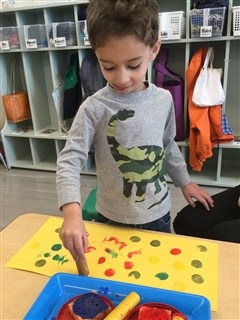
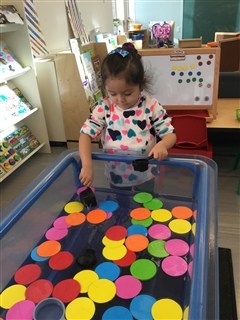
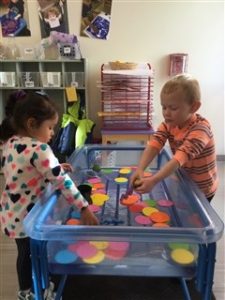 Directions
Directions